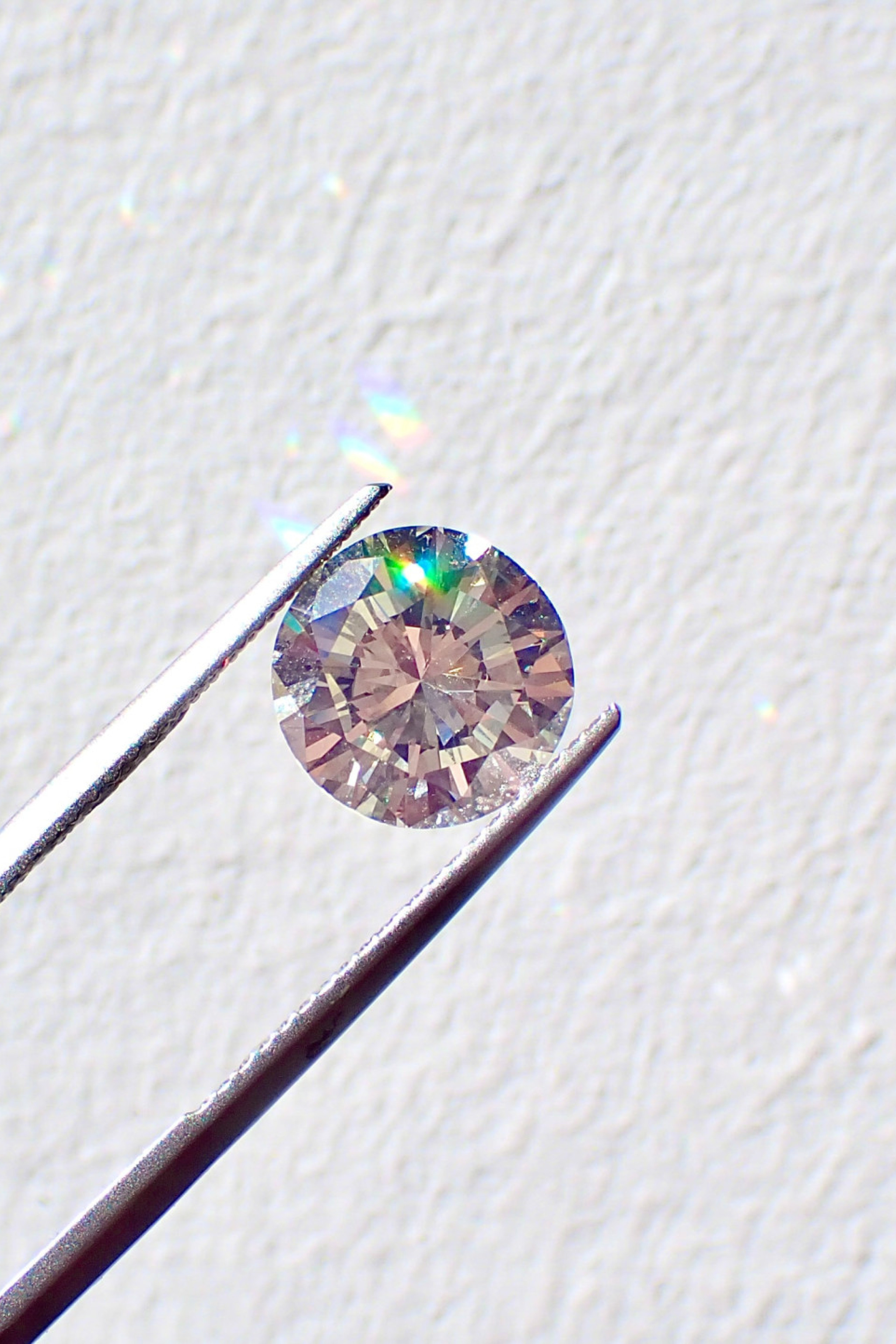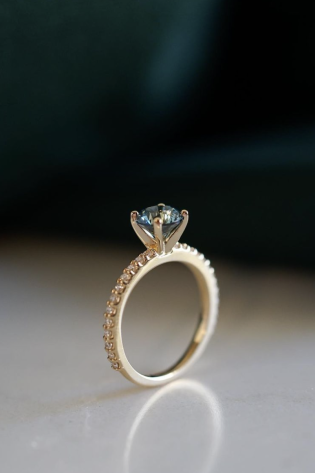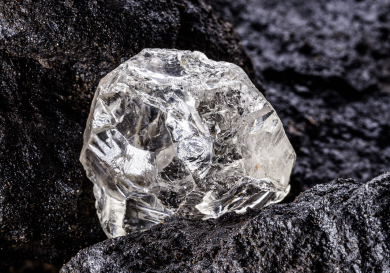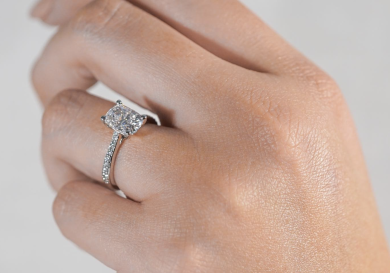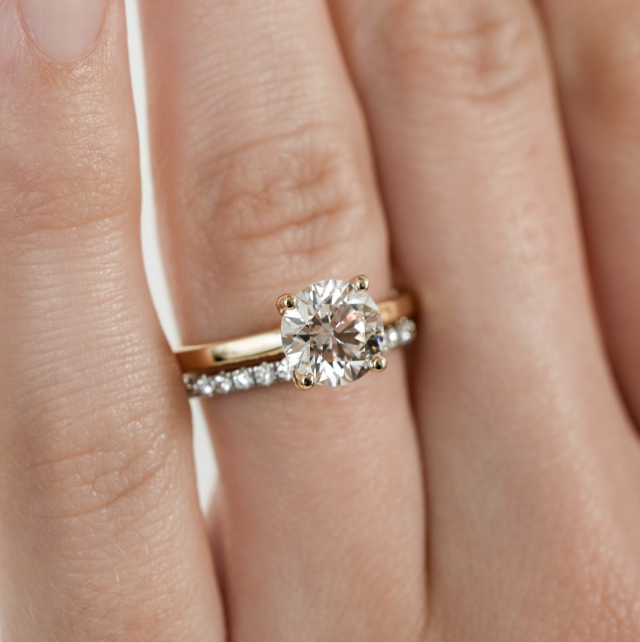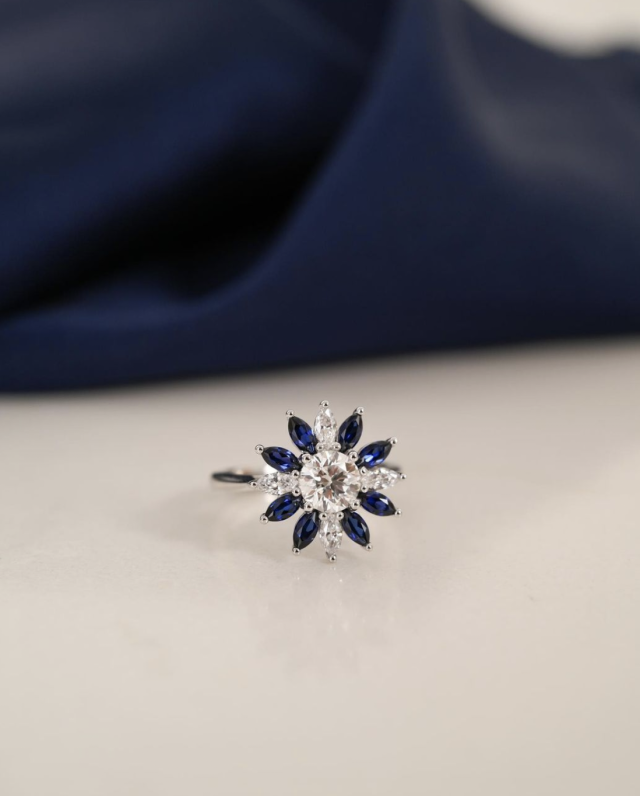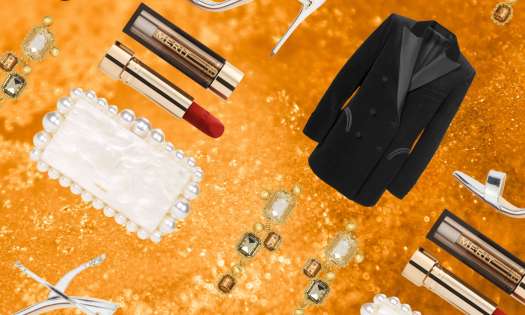Pricing
Diamonds, along with being the strongest substance on Earth, are undoubtedly also the most expensive. Their price tag is determined by the four c’s; colour, clarity, cut and carat. Clarity references the level of imperfections [or ‘inclusions’] in the diamond. Because these diamonds are formed naturally, there may be slight imperfections that, though often invisible to the naked eye, do affect the value of the stone. This scale ranges from the lower end of the scale [13] to FL [flawless] - i.e. the best money can buy.. The colour scale is slightly different, working on an alphabetised grading system [from D to Z]. D is the clearest stone you can find, and Z is a near-canary yellow diamond. Diamonds, when mined, have a rough shape and unpolished surfaces, so they undergo polishing and cutting to make them look presentable. The ‘cut’ references the shape of the stone. The reason some cuts cost more is dependent on how much diamond material is wasted by cutting the stone to a particular shape. The final, and most obvious deciding factor which affects the price is the carat weight [size] of the stone; and of course, the bigger the diamond, the more it’ll cost you.
Natural Diamond Mining
The process of how the diamond is made is simple; the problem arises when they are then taken from the ground. Historically, the diamond industry has been associated with conflict and human rights abuses. The mining of natural diamonds involves removing sand and soil from the ground to reach the stones, and can also mean draining lakes and other bodies of water - killing the animals which live in them. The dust particles created from this labour contribute to something called “ground-level ozone” - a gas which causes lung problems and asthma for the people who inhabit the area. It’s an extremely labour-intensive process with the use of machinery and chemicals - all of which pollute the areas where the mining takes place.
Lab Diamonds
To combat these concerns, jewellers and industry experts have been heavily promoting the ethical and lab diamond sector for the past decade. Ethical diamonds are natural diamonds which have been sourced and produced with a view of being as socially and environmentally responsible as possible, often with completely transparent supply chains for clients to know exactly where their diamond came from. Some jewellers now also offer "recycled" diamonds, which are sourced from old jewellery and repurposed for new pieces.
Lab diamonds, on the other hand, also referred to as cultured, lab-created, engineered, or synthetic diamonds, are a whole other ball game. Krish Himmatramka, founder of ethical jewellery brand Do Amore, started his journey into diamonds after realising that others didn’t have a strong stance on ethics and sustainability. Do Amore's GIA graduate gemologist, Corinne Taylor-Davis walked us through what it takes to make a lab diamond. Lab diamonds - as the name suggests - are made in a lab from one of two methods; CVD (Chemical Vapour Deposition) or HPHT (High Press, High Temperature). According to the Gemological Institute of America (GIA), these processes date back to the 1950s. “HPHT uses non-crystal carbon (graphite) and puts it under extreme temperature and pressure, turning it from greyish graphite to crystal-clear diamond. CVD uses vaporised elements in a high-temperature, low-pressure environment, allowing crystal-clear diamond layers to grow on top of a small "seed" crystal. HPHT has been around for decades, whereas the newer CVD technology was the catalyst for the recent lab diamond boom. In fact, because of the relative newness of CVD technology, there are currently fewer lab diamonds in the world than natural ones".
